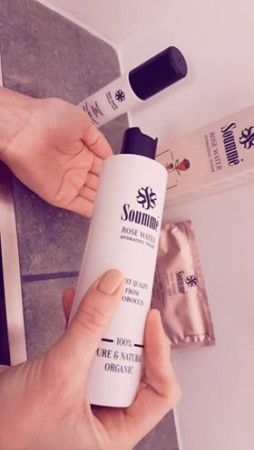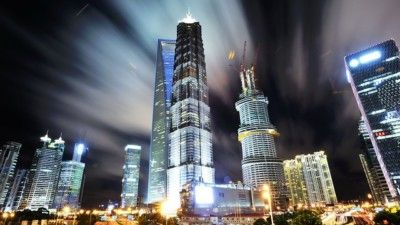Success oriented back school
The success-oriented back school was developed by me (alternative practitioner) and Ömer Humbaraci (founder of the non-profit European Institute for Tai Chi Studies), after I, as a result of an accident, was diagnosed with a slipped disc in the lumbar region and even strong painkillers did not bring any relief. This innovative method owes its effectiveness to an apparent paradox. In order to heal suffering back muscles, special attention is paid to their antagonists: primary and secondary respiratory muscles. In this way, the back is gently and permanently revitalized in an indirect way.
Many do not suspect that the cause of much back pain is respiratory muscles that are underutilized. Most back complaints therefore result from a disturbance of the energy balance between back and breathing muscles. This disorder is mainly caused by working conditions, where the respiratory function is neglected. This is hardly noticed, because most of the respiratory muscles do not hurt, but their counterparts in the back do, a connection that more and more Western doctors are discovering.
Conventional back schools are mainly aimed at painful zones. The awareness of pain is increased, which inevitably leads to a psychological defensive reaction against the exercises. The exercises are often perceived as torture and are not sustained and successful.
This method, on the other hand, aims to activate the respiratory muscles that are free of pain – and leaves the back alone.
The background of this method is the guiding principle of traditional Chinese medicine: the complement of opposites.
Therefore, most forms of exercise start with a special breathing technique that immediately distracts from the aching back muscles. Back muscles are activated indirectly, i.e. physiologically. The energetic balance is gradually restored.
The movement forms were developed by me and Ömer Humbaraci. Forms of movement in silence alternate with forms of movement with sounds of classical music, jazz, rock and pop. This motivates and makes you want to do more.
This senso-motoric body training uses modern knowledge of physiology, neurology and biokinematics with proven holistic methods of traditional Chinese medicine, Taijiquan and Qigong.

